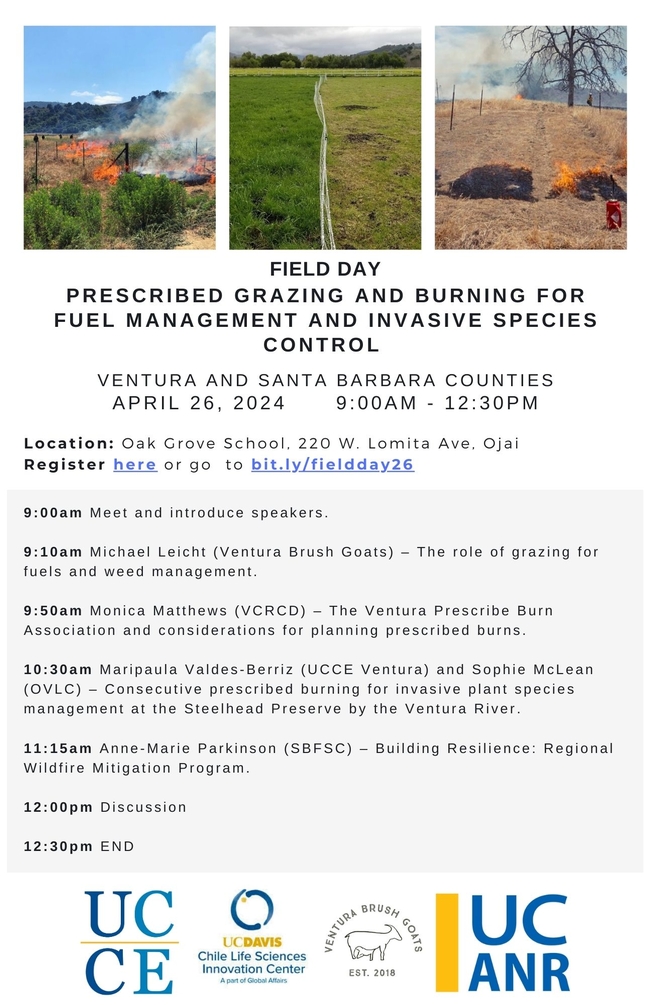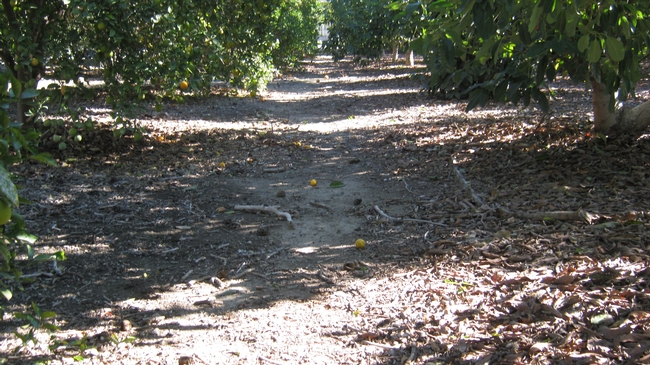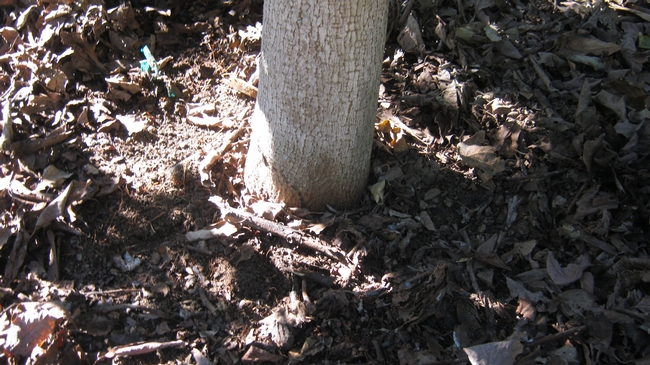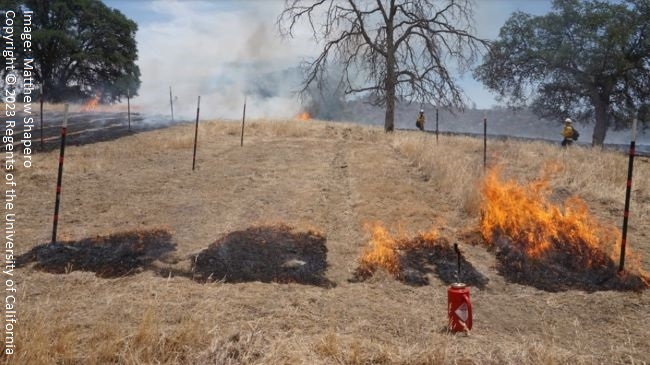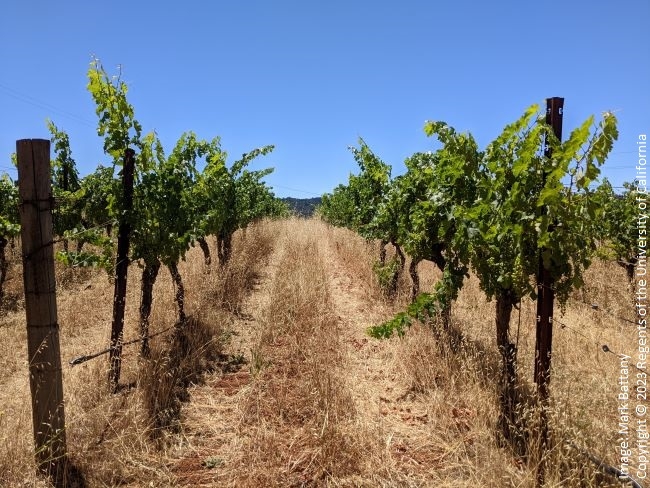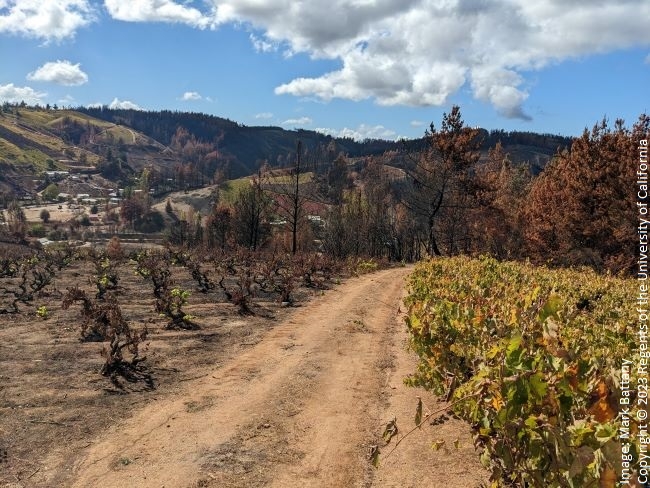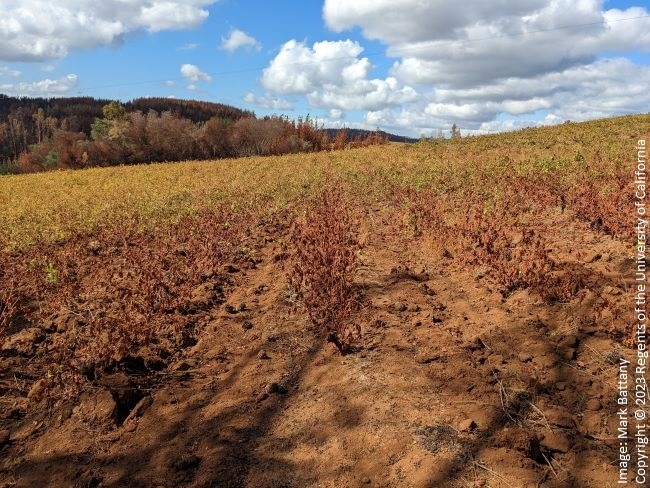
Posts Tagged: fire
Fire Information for Tree Crop Growers
The following is a compendium of blogs for growers to help with the recent fire damage in the Ventura area:
https://ucanr.edu/blogs/blogcore/postdetail.cfm?postnum=26670
https://ucanr.edu/blogs/blogcore/postdetail.cfm?postnum=28711
https://ucanr.edu/blogs/blogcore/postdetail.cfm?postnum=26510
https://ucanr.edu/blogs/blogcore/postdetail.cfm?postnum=26353
https://ucanr.edu/blogs/blogcore/postdetail.cfm?postnum=26095
https://ucanr.edu/blogs/blogcore/postdetail.cfm?postnum=25899
https://ucanr.edu/blogs/blogcore/postdetail.cfm?postnum=25885
https://ucanr.edu/blogs/blogcore/postdetail.cfm?postnum=24639
Don't hesitate to contact me, at
805-645-1462
bafaber@ucanr.edu

IMG 2040
Using Fire as a Management Tool, Prescribed Grazing Too
Fire Around Avocados
A great idea from Ed McFadden of Philmore or Fillmore in the local language.
You can always do something to prevent or correct the Big 4 that seem to strike avocados on a regular basis somewhere in California. Avocados in the back country are right up against areas that can burn easily. A fast fire can send embers into an orchard which can burn through the thick leaves in a slow burn. If it gets up against leaves piled up against the trunk, it can girdle the tree, killing it. The slow burn can continue through the orchard torching the irrigation lines. With a small fire break where the leaves are removed in a small alley, the burn can be slowed or stopped.
Leaves are great for erosion control, for nutrient cycling and disease control, but if they mean increasing potential for fire spread, it's a good idea to remove a little of it. Ed has found that a backpack blower can rapidly remove leaves from around the base of trees and create a narrow fire break that can reduce fire damage to trees.
Avocado orchards are notable for their ability to actually reduce fire hazard and slow major fires as has been shown in fires in San Diego, Ventura and Santa Barbara. This is partly due to running sprinklers during wild fire. But tree loss can still occur, especially when electricity goes down and pumps can't run.
Little rain this year or too much rain this year can always pose a hazard to avocado orchards. This sure seems like a good idea to me. And maybe it's time to start thinking about fire season now.
Photos: Cleared alley and trunk.
And another observation from 2008
And orchards being recognized as valuable in a fire prone area by the Santa Barbara Fire Safe Council
Orchards are another fire mitigation strategy, one that has already benefitted Goleta but has played a lesser role for Santa Barbara and Montecito where fewer orchards now exist. More orchards could be planted
The fire burned in the hills until July 28, blackending nearly 10,000 acres but causing relatively little structural damage. Firefighters credited the agricultural barrier of green avocado orchards and irrigated soil surrounding Goleta with saving the town.
But most importantly, how to prepare for fire. Read ON

fire in the distance
New Avocado Pest
Red imported fire ant (RIFA), Solenopsis invicta, has been reported as a pest in Florida where the fire ants girdle young citrus trees (Diepenbrock) https://crec.ifas.ufl.edu/media/crecifasufledu/extension/extension-publications/2021/2021_jan_fireant.pdf Florida researchers found that RIFA girdled the trees and killed them. In the summer of 2022, we discovered newly planted avocado trees being girdled and killed in Riverside. Upon closer examination we discovered the girdling was from the activities of a fire ant. Dr. Dong-Hwan Choe, Professor of Extension – Entomologist at UC Riverside, identified it as Solenopsis sp. Figure 1 show the initial damage to an otherwise healthy avocado tree which weeks later was completely girdled and dead. Fire ants were controlled using a bait. This took 2 applications. Fire ant mound is evident in Figure 1B but is not the typical mound that is associated with fire ants so growers need to be watching for ant activity and treat proactively. The fire ants were very aggressive to both the tree and the people working the trees.

fire ant holes

fire ant girdle
Fire and Dried Cover Crops
Vineyards and orchards have long used winter cover crops to help reduce erosion, improve soil structure and prevent nutrient leaching. Growers are being encouraged to increase their use of cover crops to help capture atmospheric carbon dioxide and fix it as soil organic matter, thus helping mitigate climate change.
However the dry residues resulting from abundant cover crop growth can also serve as a highly flammable fuel if fire occurs at the vineyard or orchard. The risk of fire occurring in any given year is likely small, but many coastal areas of California are rated as having a very high or high fire hazard (see the Fire Hazard Severity Zones Maps).
The picture below offers a clear visual example of just how flammable these dry plant residues can be. This is from an experiment by Livestock and Range Advisor Matthew Shapero and colleagues of how different grazing levels affect fuel quantities and therefore fire behavior. The plots with low fuel levels burn at lower fire temperatures and with lower flame lengths while the higher fuel levels result in much more intense fire behavior.
The California vineyard pictured below in July 2022 is an example of how the management decisions with cover crop residues can result in a very elevated fire risk. This cover crop of oats has full surface coverage and the abundant residues have mostly been left standing. The vines themselves and especially the drip irrigation lines are at very high risk of burning if fire was to ever occur under these conditions. The lack of bare ground under the vine rows will also allow fire to move across the rows and potentially impact the entire vineyard from a single ignition point.
The picture below is from an area in Chile which suffered extensive forest fires in early 2023. In this region, vineyards which had large amounts of dried cover crop residues suffered far more damage than vineyards without such residues. The vineyard on the left had a large amount of dried residues from a lupine cover crop and as a consequence burned very intensely, while the vineyard on the right had very little dried residues and had virtually no direct fire damage to the vines.
Another example from the same region is the effect that the burning of adjacent trees had on a vineyard with little dried residues. In the picture below tall burned pine trees were directly behind the photographer (you can see the shadows of the trunks) but only the near edge of the vineyard was damaged by radiant heat from the burning trees. Undoubtedly many burning embers landed within the vineyard as the trees burned, but the lack of dried residues resulted in no fires within the vineyard.
The take home message from this short article is that dried cover crop residues are highly flammable! With the abundant rainfall in California this past winter we are seeing heavy growth in cover crops this spring which will lead to heavy levels of dried residues this summer. For vineyards and orchards in higher fire risk areas these residues should be managed to help minimize the risk of catastrophic damage if a fire was to occur there.
With all this rain, the trees and the cover crops are thriving, but with an annual cover crop that dries out when the soil moisture dries up, it could be a fire hazard. It should be mowed prior to fire season.
Thanks, Mark Battany, for the reminder - https://ucanr.edu/blogs/blogcore/postdetail.cfm?postnum=56817
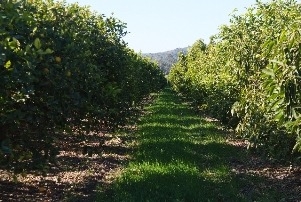
citrus cover crop

